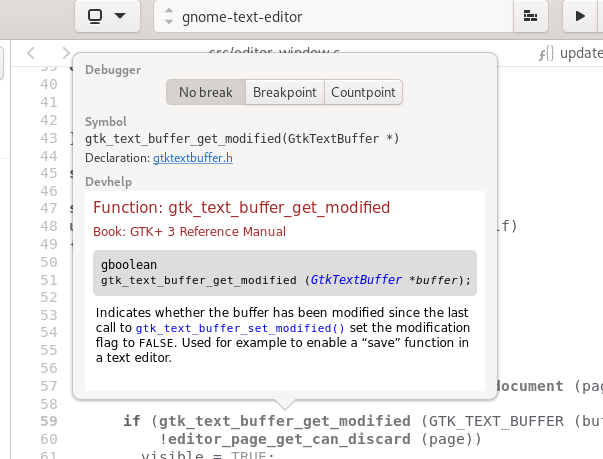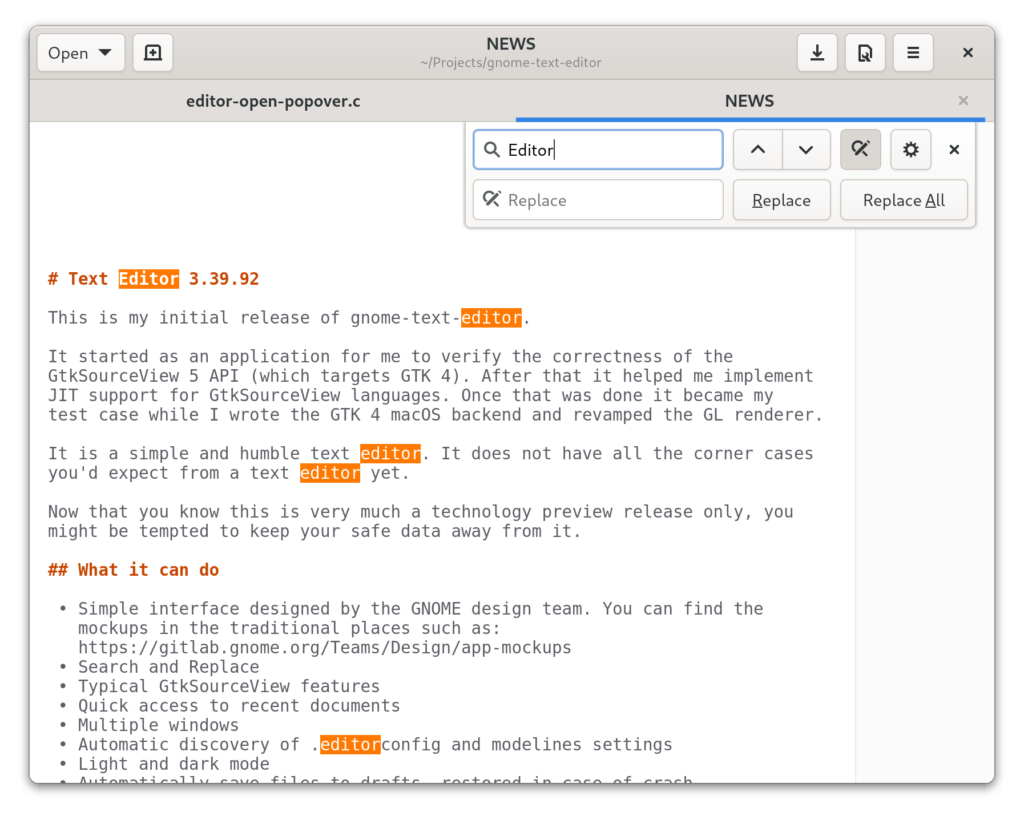I spent a lot of time in 2020 working on projects tangential to what I’d consider my “main” projects. GtkSourceView got a port to GTK 4 and a load of new features, GTK 4 got a new macOS backend, and in December I started putting together a revamp of GTK 4’s GL renderer.
The nice thing about having multiple renderer backends in GTK 4 is that we still have Cairo rendering as an option. So while doing bring-up of the new GTK macOS backend I could just use that. Making software rendering fast enough to not be annoying is a good first step because it forces you to shake out performance issues pretty early.
But once that is working, the next step is to address how well the other backends can work there. We had two other backends. OpenGL (requiring 3.2 Core and up) and Vulkan. Right now, the OpenGL renderer is the best supported renderer for acceleration in terms of low bug count, so that seemed like the right way to go if you want to stay inline with Linux and Windows backends. Especially after you actually try to use MoltenVK on macOS and realize it’s a giant maze. The more work we can share across platforms (even if temporarily) the better we can make our Linux experience. Personally, that is something I care about.
From what I’ve seen, it looks like OpenGL on the M1 was built on top of Metal, so it seems fine to have chosen that route for now. People seem to think that OpenGL is going to magically go away just because Apple says they’ll remove it. First off, if they did, we’d just fallback to another renderer. Second, it’s likely that Zink will be a viable (and well funded) alternative soon. Third, they just released a brand new hardware architecture and it still works. That was the best point in time to drop it if there ever was one.
The NGL renderer makes full snapshots of uniforms and attachments while processing render nodes so that we can reorder batches going forward. Currently, we only reorder by render target, but that alone is a useful thing. We can start to do a lot more in the future as we have time. That might include tiling, executing batches on threads, and reordering batches within render targets based on programs so long as vertices do not overlap.
But anyway, my real motivation for cleaning up the GL renderer was so that someone who is interested in Metal can use it as a template for writing a renderer. Maybe that’s you?
Major shout-out to everyone that worked on the previous GL renderer in GTK. I learned so much from it and it’s really quite amazing to see GTK 4 ship with such interesting designs.




